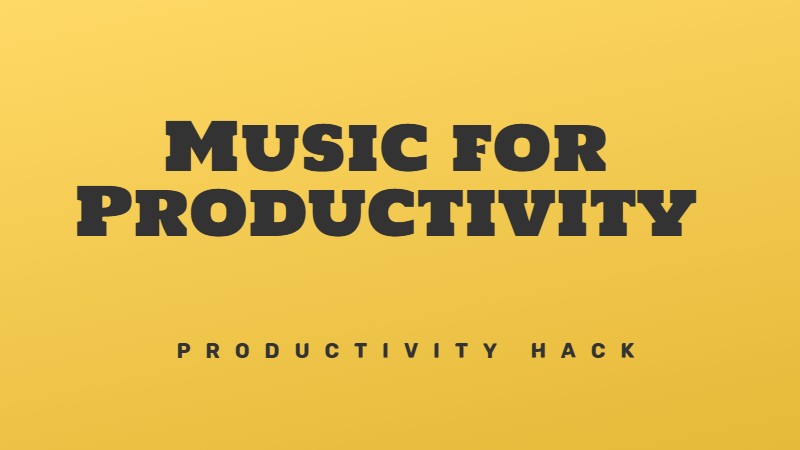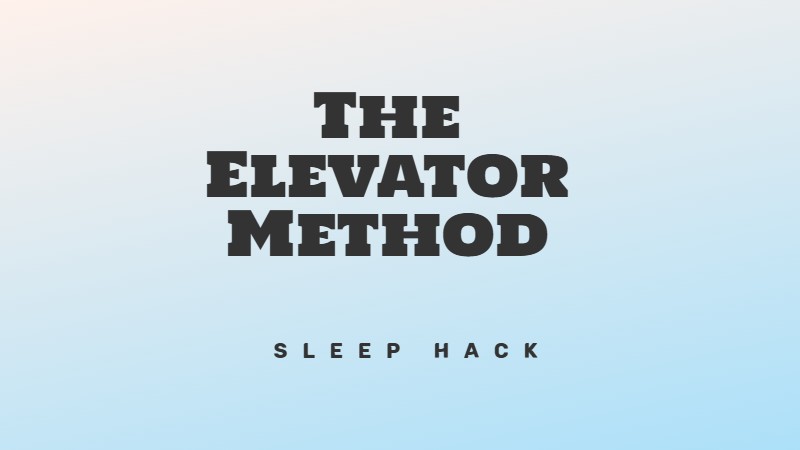90% of personal goals fail.
My friend Mark just launched a software company after leaving his corporate job. He laughed when I asked how the transition felt: “I thought freedom would make me more productive. Instead, I spent three weeks reorganising my desk supplies.
I’d experienced the same pattern throughout my life: ambitious plans that fizzled once I had complete control over my time. Without someone waiting for results, my productivity collapsed.
We’ve been trained since childhood to respond to external deadlines. Parents set rules. Teachers assigned homework. Bosses created schedules. Our entire productivity system relies on authority figures demanding completion.
Remove that external pressure, and most people flounder. Their habits collapse, motivation fades, and goals remain eternally “in progress.”
The Silent Boss Technique fixes this fundamental flaw in human motivation.
Turn Self-Questioning Into Unstoppable Productivity
Have you ever noticed how quickly you spring into action when your boss asks about a project? Yet when it comes to personal goals, that same urgency vanishes?
The Silent Boss Technique fixes this problem with a simple daily question:
“What did you accomplish today?”
Why most people can’t self-motivate
We’ve spent our lives responding to external deadlines and expectations. Parents set rules. Teachers assigned homework. Bosses create work schedules.
When no one watches over us, productivity often collapses. This explains why:
Without external accountability, most people fail to follow through. The data backs this up—studies show that 90% of personal goals go unachieved when there’s no accountability system.
How the silent boss technique works
The technique creates an imaginary supervisor who expects results every single day. This mental framework hijacks your brain’s conditioning to respond to authority.
Here’s how to use it:
Unlike a real boss who might value appearances or busy work, your Silent Boss only cares about meaningful progress toward your goals.
Why this mental trick works
The Silent Boss Technique taps into several psychological principles:
Real-life example
James wanted to write a novel but made no progress for two years. After starting the Silent Boss Technique, he had to report his daily word count every night.
The first few days were painful:
By week three, he couldn’t stand the thought of another zero-word report. His daily average jumped to 500 words. Within six months, he finished his first draft—something he couldn’t do in the previous two years.
Making it work for you
The technique needs these elements to succeed:
Beyond daily check-ins
Once you master daily accountability, expand the system:
Common roadblocks
Put it into practice today
Start your Silent Boss relationship tonight with these steps:
The Silent Boss Technique works because it transforms abstract goals into concrete daily actions. It converts “someday” into “today,” and turns wishes into results.
Stop waiting for someone else to push you forward. Your Silent Boss is waiting—what will you accomplish today?




Hinterlasse ein Feedback zu diesem Thema